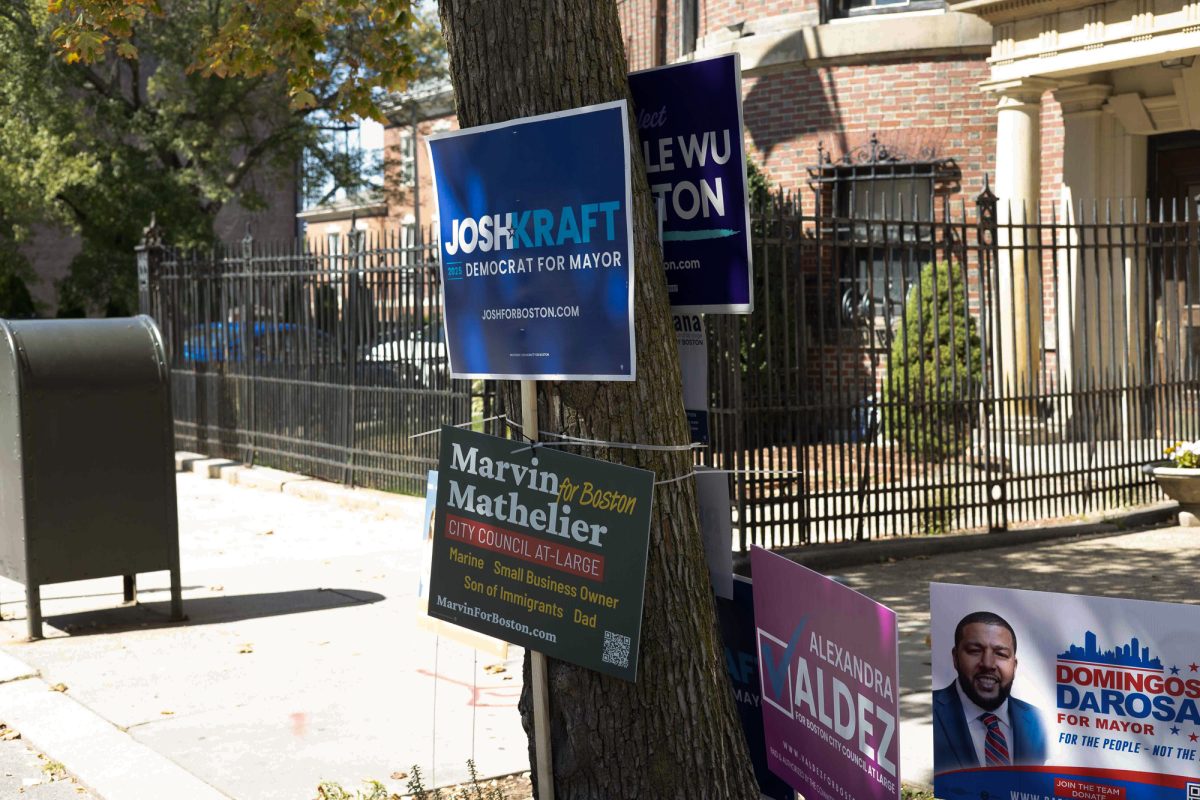 Efforts to close the gap in education between men and women still fail to help women gain equal access to political representation and quality jobs, according to a study published Friday by The University of Vermont.
Efforts to close the gap in education between men and women still fail to help women gain equal access to political representation and quality jobs, according to a study published Friday by The University of Vermont.
“There is a reversal in progress towards job integration, as evidenced by a decline in the ratio of the share of women employed in the industrial sector relative to men,” the study stated.
Stephanie Seguino, the study’s author and an economics professor at Vermont, said her research was inspired by various gender equality goals set by organizations at the turn of the century.
“Over the last 15 or so years, gender equality has been high up on the agenda of important international institutions, like the World Bank and the United Nations,” she said. “In fact, gender equality was one of the Millennium Development Goals … an opportune question given that focus is to look at the data and see whether we’ve made progress.”
For the study, Seguino looked at employment data from more than 170 countries ranging from 1991 to 2010.
“[When] you look at the country average of male outcomes and female outcomes … you calculate the ratio,” Seguino said. “The ideal is to have that equal to one, which would indicate gender parity. Anything below a one would indicate female disadvantage, and anything over one indicates male disadvantage.”
Seguino said she believes that while the education gap has closed considerably, more women have been pushed to low-quality jobs.
“Employment gaps are [continuing] to be very wide despite the closure of education gaps,” she said. “Although more women are joining the labor force … they are squeezed into low-quality jobs.”
Seguino said she hopes policymakers will make it easier for women to join the workforce and hold high-quality jobs as a result of her study.
“It is important for international organizations and countries’ national governments to look at the impediments to women’s access to employment and figure out how to close those gaps,” she said.
Prisca Castanyer, an economics professor at Northeastern University and a faculty collaborator for the Gender and Development Initiative, said quality education is essential for women to gain access to the labor market.
“Giving girls the same chances … to be able to join the labor market is essential,” she said. “If you don’t have proper education, the access to the labor market is tough.”
Castanyer said cultural practices and traditions play a part in whether women have access to jobs or not.
“We’re [concerned with] older generations and traditions that are very much alive,” she said. “If … you are looking at India and China … what you will encounter is two huge countries that have a lot of weight in global studies and that have … cultural practices that will definitely change how women do have, or don’t have, access to the labor market.”
Boston University students generally agreed with findings of Seguino’s study and felt that women’s lack of access to jobs is still a real issue despite the diminishing education gap.
“I know that there’s a gap between the amount of women that get hired and the amount of men that get hired and then after that, what they get paid,” said Allie Miller, a freshman in BU’s College of Communication.
Sabrina Sanders, a sophomore in the Questrom School of Business, said she discusses this topic often.
“We’ve done a few things in all of my classes, and based on [my studies], I do think it’s true,” she said. “Especially in my statistics course, we did an entire project that was looking at the wage [gap] between genders, and it is very significant how much less women are paid in the work force.”
Andrea Rodas, a freshman in the College of Arts and Sciences, said quality education for women has come a long way from where it was in the past.
“I think that education has helped, probably not much as it should or could, but it has to a certain point,” she said. “So now we’re actually doing something with our degrees, so education now has moved forward.”















































































































